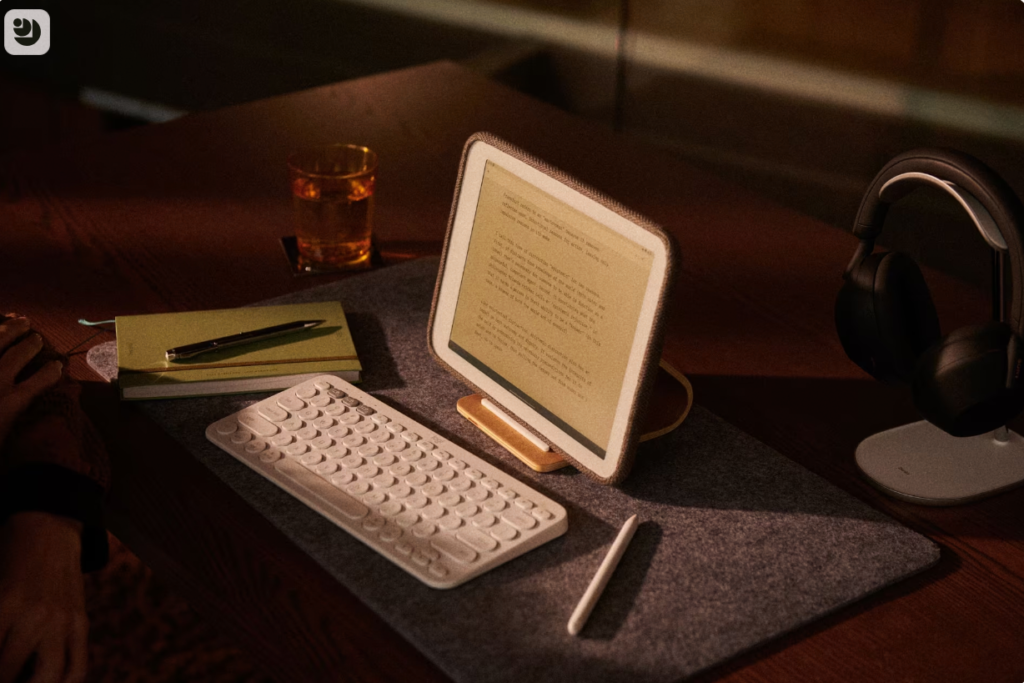
Experience the innovation of the Daylight Tablet with its advanced Live Paper™ display, perfect for outdoor reading and productivity. Order now to enjoy seamless performance, powerful connectivity, and exceptional battery life.
Why Choose the Daylight Tablet ?
- Sunlight Readable Display: Perfect for outdoor use with high visibility even in direct sunlight.
- Fast Performance: Powered by MediaTek Helio G99, 8GB RAM, and 128GB storage for smooth multitasking.
- Long-Lasting Battery: 8000mAh battery ensures all-day power.
- Wacom Stylus Included: Ideal for drawing, writing, or note-taking.
- Customizable: Optional Pure Amber backlight and action buttons.
Order Your Daylight Tablet Today!
- Free Shipping: Fast and free shipping available on all orders.
- Secure Payments: We offer a variety of secure payment options.
- Exclusive Offers: Sign up for our newsletter to get the latest deals and promotions.
Don’t miss out on owning the best tablet for sunlight readability. Order now and get ready to experience unmatched performance and visibility under any lighting condition!